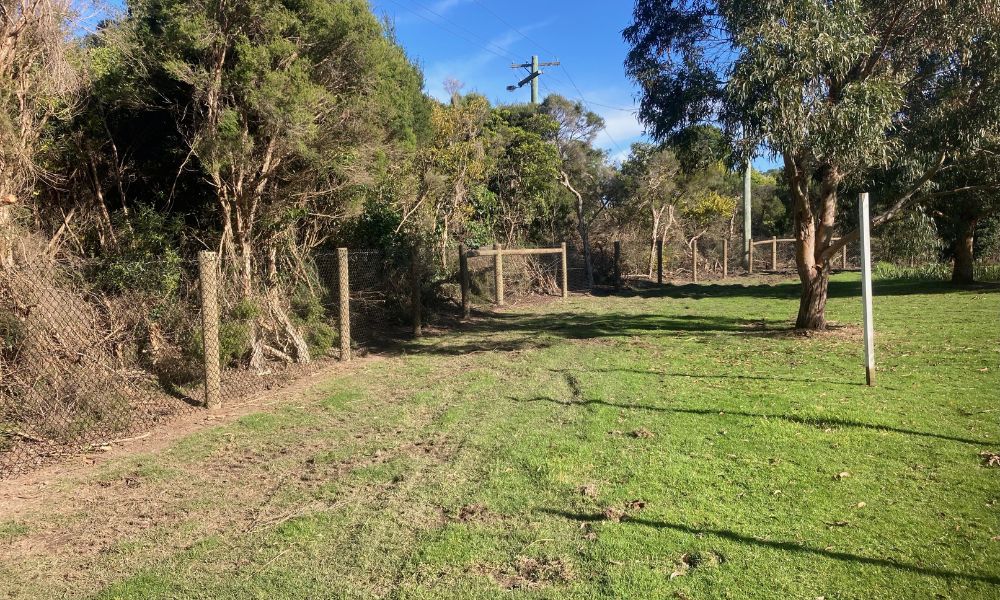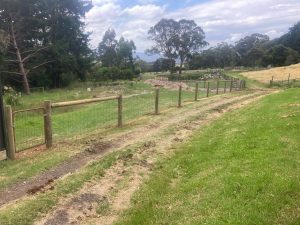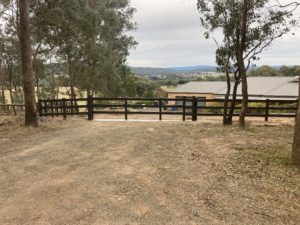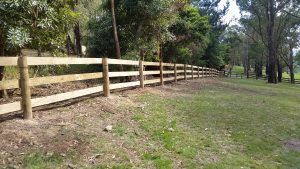Rural fencing refers to the type of fencing commonly used in rural or agricultural settings. It is designed to meet the specific needs and challenges of rural areas, such as containing livestock, delineating property boundaries, and protecting crops or fields. Rural fencing is typically built to be sturdy, durable, and capable of withstanding harsh weather conditions and the activities of farm animals.
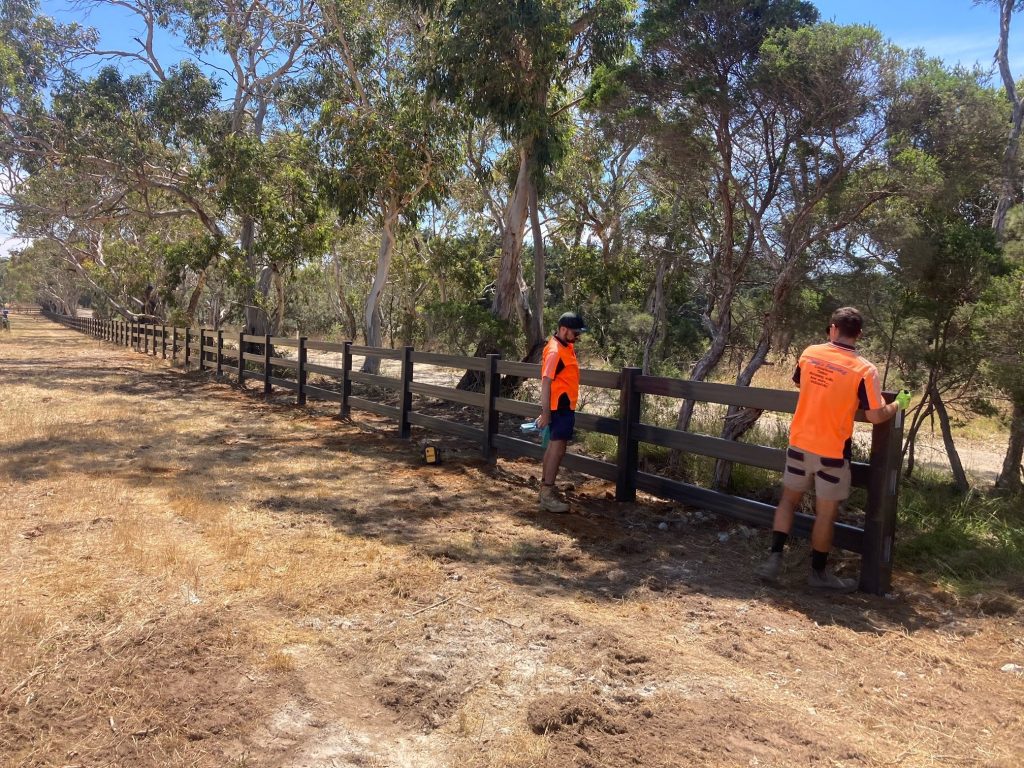
Rural fencing for your needs
There are various types of fencing commonly used in rural areas, including:
Wire Fencing: Wire fencing is a widely used type of rural fencing. It consists of strands of wire evenly spaced along its length. This type of fencing is effective for containing livestock, particularly cattle and horses, preventing animals from leaning on or crossing the fence.
Post and Rail Fencing: Post and rail fencing is a traditional and aesthetically pleasing option commonly used in rural and farm settings. It typically consists of horizontal rails attached to vertical posts. This type of fencing is commonly used for delineating property boundaries and controlling access to certain areas while allowing for visibility.
Mesh Fencing: Mesh fencing, such as woven wire or chain link, is often used for various purposes in rural areas. It is suitable for enclosing larger areas, creating enclosures for animals, and protecting crops or gardens from wildlife. Mesh fencing provides security and containment while allowing for visibility and airflow.
The choice of rural fencing depends on factors such as the purpose of the fence, the type of livestock or animals being contained, budget considerations, and local regulations. It is important to consider the specific needs of the rural setting and consult with us to determine the most appropriate type of fencing for your particular needs.
Images of Rural Fencing by Jamie's Fencing
Click to enlarge





